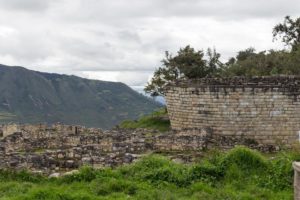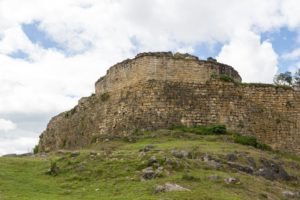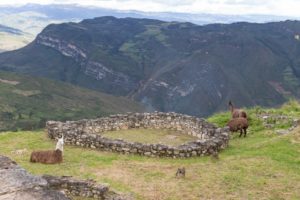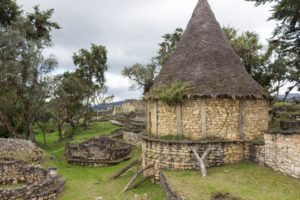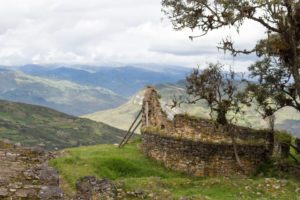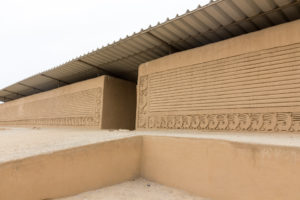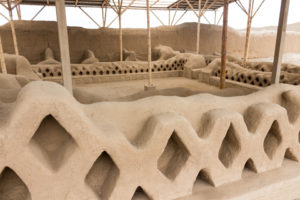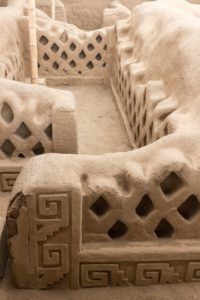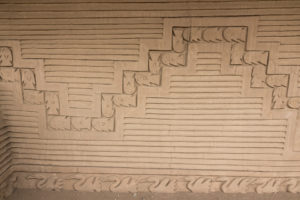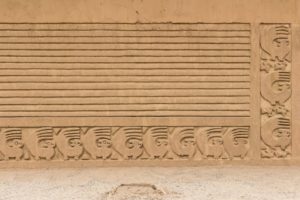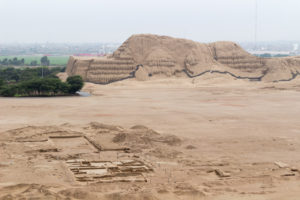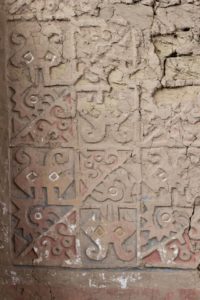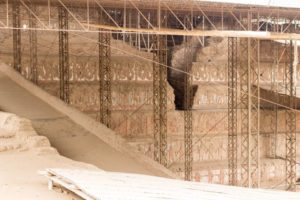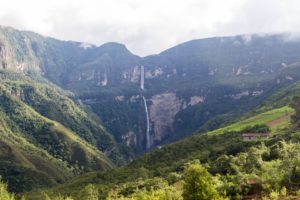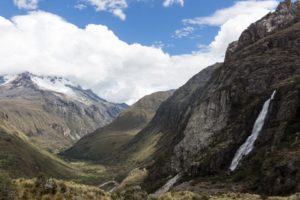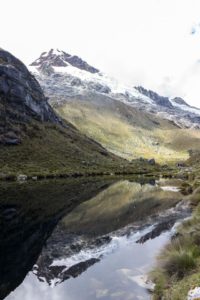Beyond the Sacred Valley: Why Machu Picchu doesn’t begin to crack the surface of Peru’s most beautiful sites
Peru is a FANTASTIC country. I went a year ago (see blog post) and it is still one of the best trips I’ve had. Since then, I’ve known a few friends/colleagues that have traveled to Peru, but (unfortunately for them) they were just interested in Machu Picchu and the Inca Trail. Yes, Machu Picchu is a World Wonder. Yes, it’s massive, and impressive. And, Yes, I even agree that it’s a ‘must-see’. But, the people that just go to Cusco and the Sacred Valley’s most famous site end up missing out on so many other things the country has to offer. So, without further ado, the biggest things you’re missing if you only see Machu Picchu are other ruins and beautiful scenery:
Inca wasn’t the only indigenous civilization
In fact, they were one of the most recent indigenous cultures. Many historic sites remain from societies that pre-date the Incas, rich with their own artifacts and individual customs (notably the Chimu, Wari and Moche). Below are just three examples of impressive ruins you can see in Northern Peru.
Kuélap – Chachapoyas
From about 900 through mid 1500 AD, the “Cloud Warriors” ruled in the Northern jungle of Peru. In contrast with the rectangle structures of Machu Picchu, the Chachapoyas were known to build great cities atop hills with circular structures. As the Incan Empire expanded, they were taken over and you can see a few influences of Inca rectangle buildings at their most famous castle of Kuelap. Unlike Chimor (next paragraph), they remained after Inca take-over, until the Spanish Conquistadors arrived. The Spanish described these mountainous peoples as the most beautiful that they had seen with fairer hair and skin. The descendants of these people are extraordinarily proud of their history. Showcased in National Geographic as one of the world’s top 50 greatest travel destinations, the magazine calls it the ‘Machu Picchu of the North’. Peru is currently building a cable car tram to the site of Kuelap (I saw construction of it in 2016) for easier access, so I’m sure you will be hearing about this site more in the near future.
Chan Chan – Trujillo
Chan Chan was the largest pre-Columbian city of the Americas, and Capital to the Chimú people (of the Chimor Kingdom) in the Moche Valley. The Kingdom reigned in Northern Peru (today’s Trujillo) from 900-1470 AD, defeated by the Incas. They built giant adobe walls to keep their city safe from invasions and harsh coastal weather (strong sun, wind and rain during El Niño years). The cities were very interesting communities and contained large wells of water. Most notably, the walls were carved with beautiful, geometric designs of crabs, fish, birds and sea otters. Though the designs are not colorful, they stand alone as a beautiful example of carved artistry. Archaeologists are still restoring much of the main citadel and the small part tourists are allowed in is unbelievably large. Chan Chan was honored as a UNESCO World Heritage site in 1986.
Moche – Trujillo
Earlier than the cultures mentioned above, the Moche people (100-700 AD) built great pyramids in the current area of Trujillo – called Huaca del Luna y Huaca del Sol (Temple of the Moon and Sun, respectively). Giant, colorful pyramids depicting their rich history were built as sacrificial temples to the gods with a large village between them. This civilization was known for their extensive art in the form of pottery, jewelry and murals. No hostile takeovers ended their civilization, instead scientists believe it was severe weather – decades of heavy rain followed by decades of drought. We now know that the Chimor people rose up 200 years later in this same area. The Moche sand pyramids were badly eroded in heavy weather (so it takes a bit of imagination). Archaeologists are still uncovering many remnants from this civilization as they peel back each layer of the pyramid to unveil a deeper history. In the coming years, I am certain this site will be an icon of ancient world cultures.
Special Mention: The Nazca Lines
I only went to the North, however the South have a great number of ruins as well. Possibly most renowned is the Nazca culture (100 BC to 800 AD) that were known for pottery and large geoglyphs that can be seen from the air, and baffle scientists to this day.
Diverse Landscape!
What kind of scenery do you think of when you think of Peru? Is it just the towering mountains, enveloped in fog around Machu Picchu? In truth, Peru has every kind of climate you can imagine. Maybe part of the reason I love this country so much is because it reminds me of California in this way.
Who could forget the Amazon. While it does not contain the famed river, the jungle is lush in eastern parts of Peru with opportunities to see magnificent insects, beasts, and flowers. Additionally, kept secret to the world until 2005, Peru’s Northern jungle hides one of the tallest (and most impressive) waterfalls in the world – Gocta Falls.
Snowy, Rugged Mountains
The Andes mountain range extends throughout South America and part of the Peruvian chain, the Cordillera Blanca, is the most impressive. This area contains hundreds of glaciers and glacial lakes, the fourth tallest mountain in the Andes and entire western hemisphere – Huascarán, in the Ancash region. Opportunities to hike, camp and explore this area begin from the wonderful town of Huaraz.
Arid Deserts
As mentioned above, the Nazca ancient civilization is located in the south western desert climate of Peru. The country also has the Atacama desert, which starts in Chile extends up into Peru, and houses Colca Canyon (the deepest desert canyon in the world). South of that is Huacachina, an oasis in the middle of some of the world’s largest sand dunes.
Beautiful Beaches
In the north, Peru is known for its beautiful surf spots with big waves, warm weather, white sand beaches. If you’re not an ocean person, you can even try sand boarding in Huacachina!

